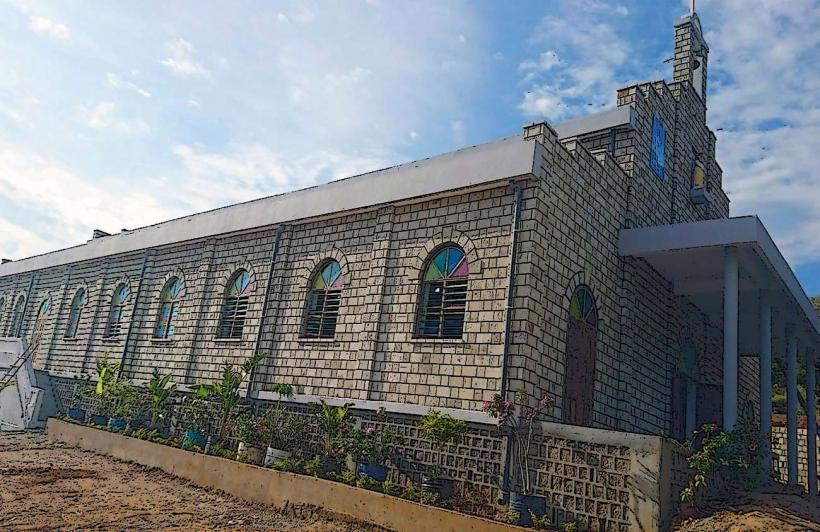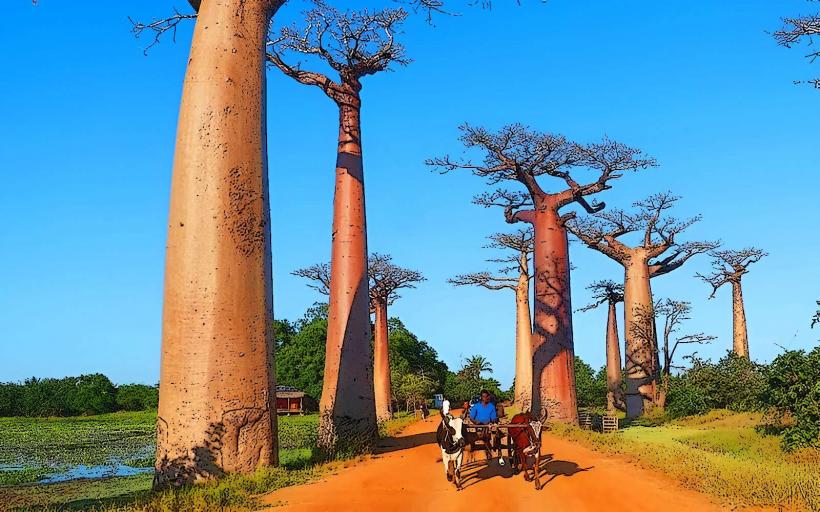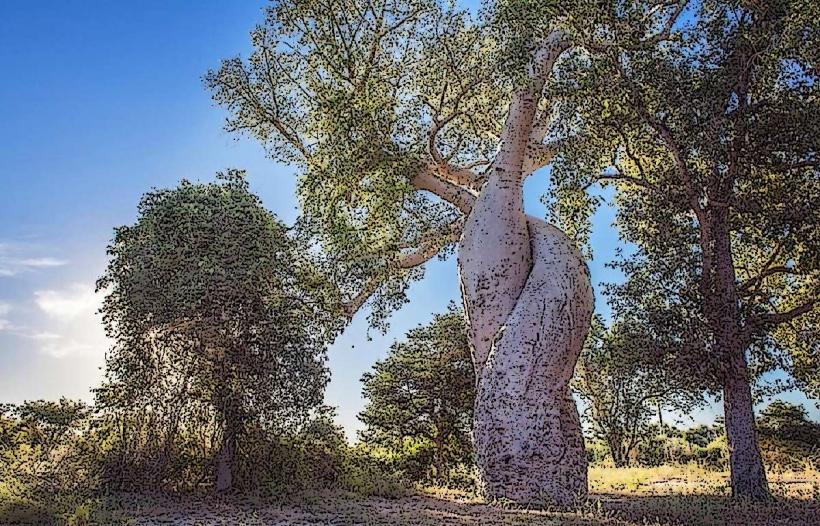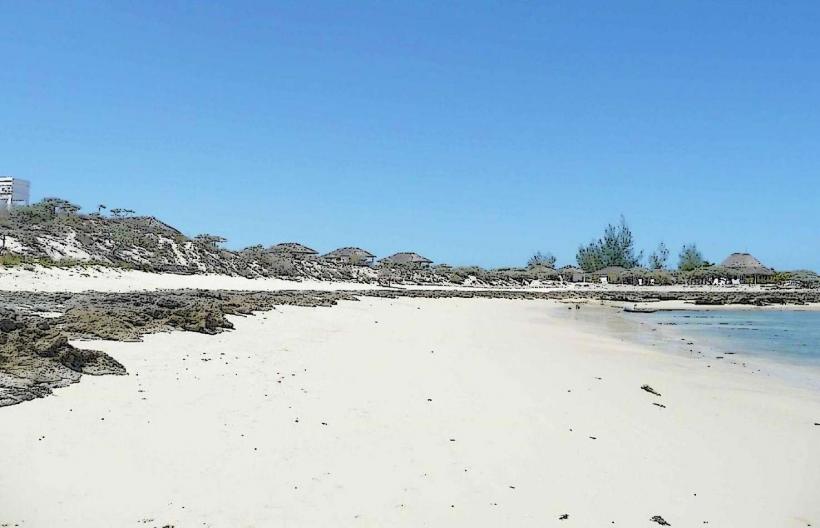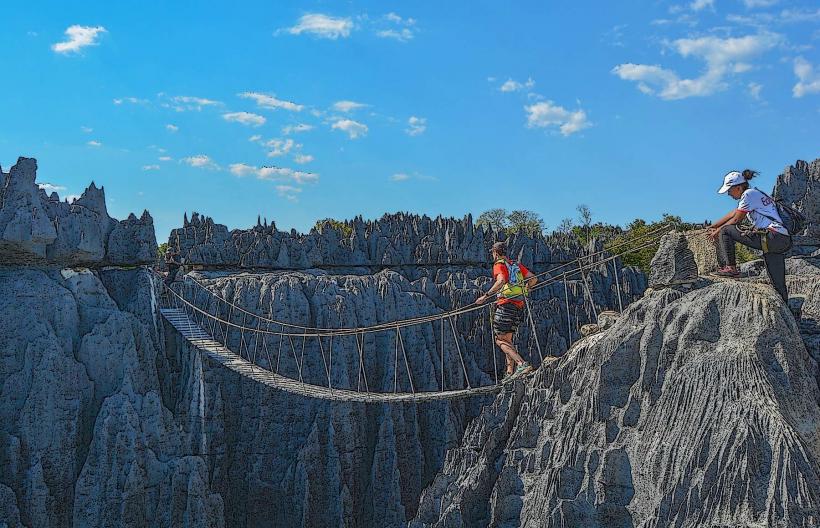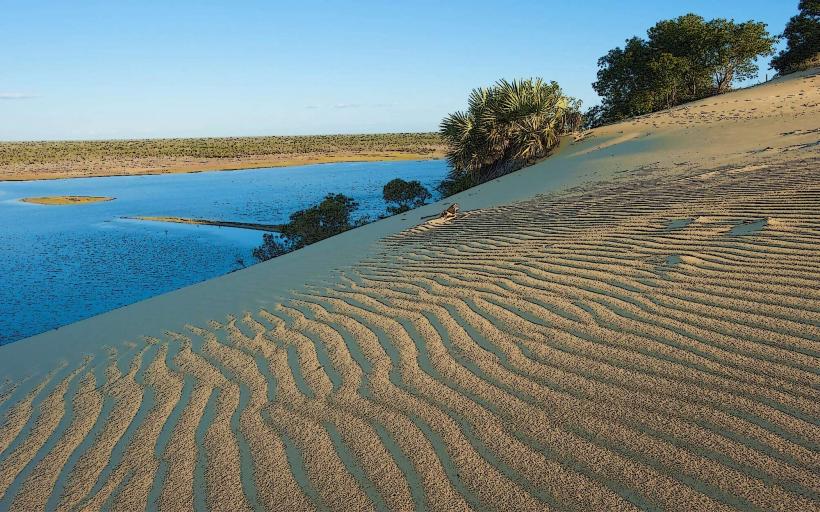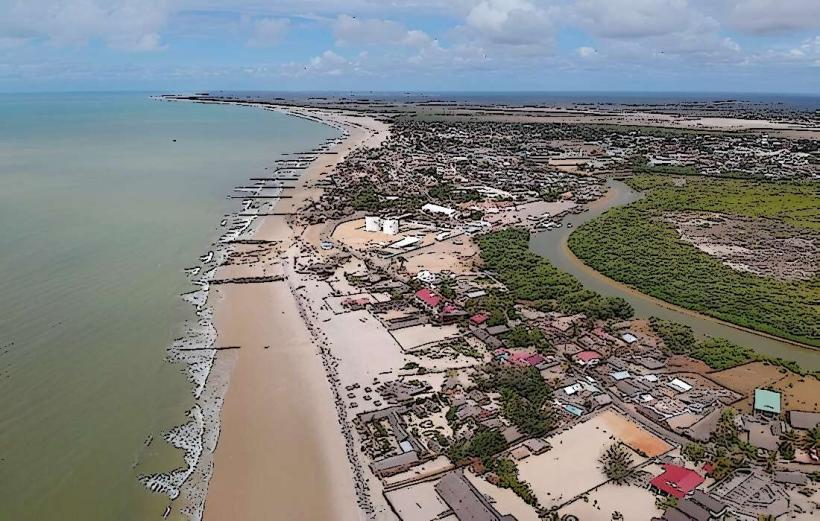Information
Landmark: Betania ChurchCity: Morondava
Country: Madagascar
Continent: Africa
Betania Church, located in Morondava, on the western coast of Madagascar, is a significant landmark in the region. It is known for its beautiful architecture, its role in the local Christian community, and its serene surroundings. Here is a detailed look at Betania Church:
1. Location and Context
Betania Church is located in Morondava, a coastal town in the Menabe Region of western Madagascar. Morondava is known for its proximity to several natural landmarks, including the Avenue of the Baobabs and Kirindy Forest Reserve, as well as being a gateway to Belo-sur-Mer and the nearby islands.
- The church is situated in a peaceful area of Morondava, surrounded by the town’s picturesque landscapes and the traditional Malagasy way of life.
2. Architectural Style
The architectural style of Betania Church is distinctive, blending traditional Malagasy design with Christian elements. The church is not overly ornate but reflects the simple yet profound nature of Malagasy religious structures.
The exterior of the church is typically simple, featuring clean lines, a tall bell tower, and a modest wooden facade that is typical of many churches built in rural or coastal areas of Madagascar.
The interior is often decorated with local art and religious symbols. Some of the churches in Madagascar, including Betania, are known for incorporating indigenous art forms into their Christian iconography, giving the space a unique cultural blend.
3. Religious and Cultural Significance
Betania Church serves as an important place of worship for the local Christian community in Morondava. Christianity has a significant presence in the region, with many Malagasy people practicing Roman Catholicism or Protestantism, although there is a diverse range of religious beliefs across the island.
The church hosts regular masses, prayer services, and religious festivals. As a hub for the local Christian community, it plays an important role in providing spiritual support and a sense of community for residents.
The name "Betania" itself is significant, referencing Bethany from the Bible, the town where Jesus Christ performed miracles, adding a layer of religious symbolism to the church's identity.
4. Community and Social Activities
Beyond its role as a religious center, Betania Church is also a focal point for community gatherings and social activities. Many churches in Madagascar, particularly in smaller towns, serve not only as places of worship but also as spaces for social interaction and community outreach.
The church hosts charitable events, youth programs, and cultural celebrations, fostering a sense of solidarity within the local community.
Church activities often extend to education, with some churches providing educational resources or acting as community centers for cultural education and local development initiatives.
5. Tourism and Visitors
While Betania Church is primarily a place of worship for locals, it is also a point of interest for visitors to Morondava. The church provides an opportunity to experience local Malagasy culture and religious life.
Visitors can attend services, interact with the local community, and learn about the role of religion in everyday life in Morondava. Some visitors are drawn to the church’s simple beauty and serene atmosphere.
Architectural enthusiasts may appreciate the integration of traditional Malagasy design with Christian architecture. The church is also a good starting point for understanding the local culture and the blend of indigenous and colonial influences in Morondava.
6. Festivals and Religious Celebrations
Betania Church, like many churches in Madagascar, is a center for religious festivals and special observances. These celebrations may include:
- Christmas and Easter services with large gatherings.
- Feasts of saints and local Christian holidays that are important to the community.
- Special mass services held during times of social significance or national holidays.
7. Community Engagement
Betania Church is often involved in local outreach projects, providing support to vulnerable populations, and engaging in environmental conservation efforts. This engagement includes collaborating with nearby NGOs and social services to address the needs of the community.
8. Best Time to Visit
The church can be visited year-round, but visitors may want to attend services during religious festivals or holidays to experience the church’s lively community spirit.
The best time to visit Morondava and Betania Church in particular is during the dry season, which lasts from April to October, when the weather is most pleasant for outdoor activities and exploration of the region’s attractions.
Conclusion
Betania Church in Morondava is a key religious and cultural landmark for the community. It serves as a place of worship, social interaction, and cultural engagement, reflecting both the Christian faith and Malagasy traditions. For visitors, the church provides an opportunity to engage with local culture, witness religious practices, and explore the historical and architectural heritage of the region. Whether visiting for spiritual reasons or as part of a broader exploration of Morondava’s attractions, Betania Church is an important part of the town’s identity and offers a unique glimpse into the life of the local people.

